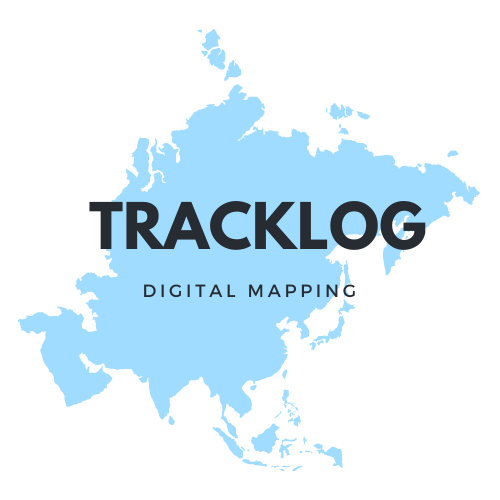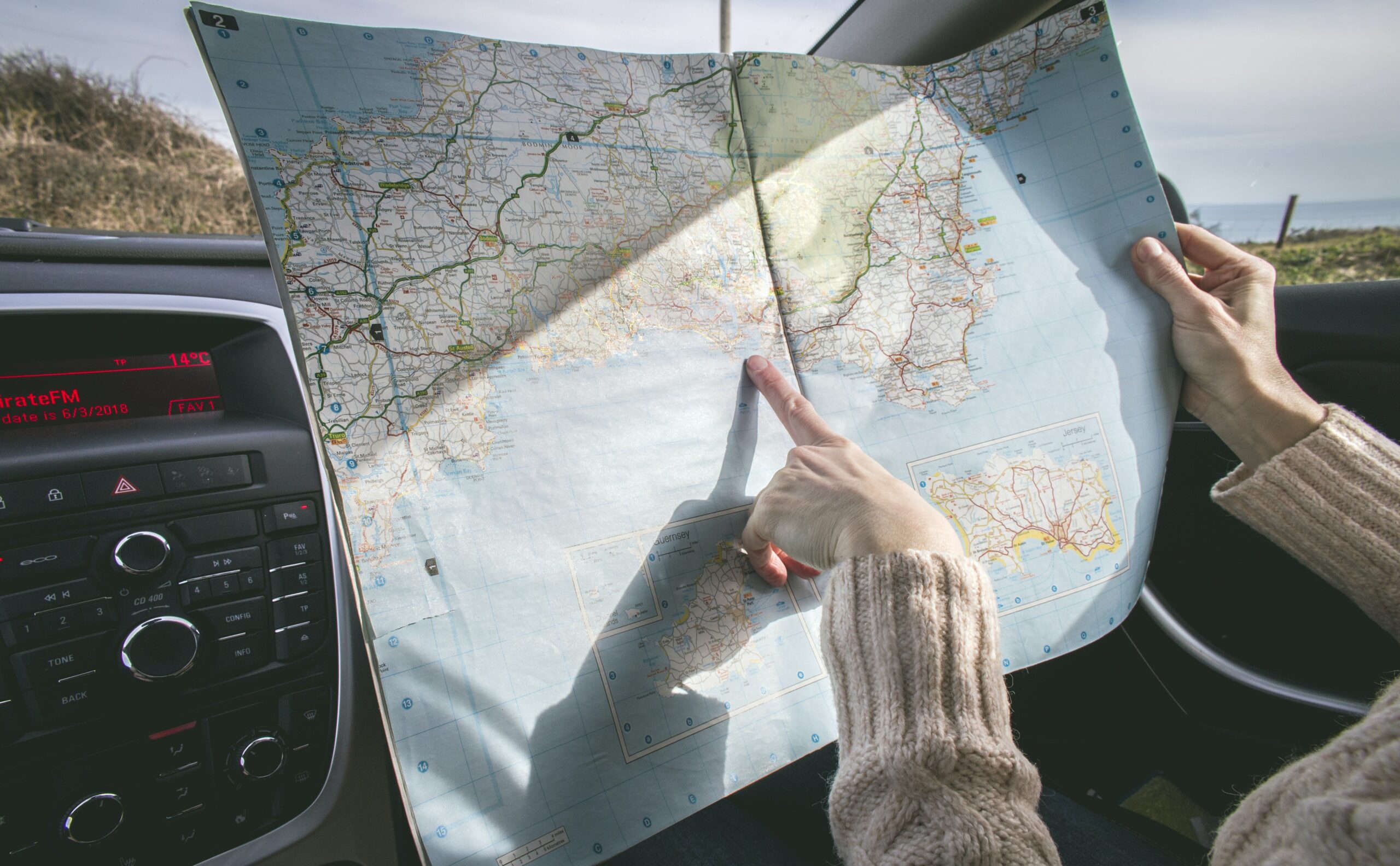Navigation jumpToggle searchDigital mapping is the process of compiling and formatting a collection of data into a virtual image on a computer, often known as digital or computer cartography. This technology’s main purpose is to create. Although there are many computer applications that use digital mapping, the Global Positioning System, or GPS satellite network, is where these maps are mostly used in conventional vehicle navigation systems. Electronic maps are the great mean for easier living.
History
Traditional paper maps like the Thomas Guide and Geographers’ A-Z Street Atlas are where digital mapping first emerged. Paper maps show basic landscapes that are comparable to digital road maps, but they are frequently heavy, only cover a restricted area, and lack numerous precise details like road obstacles. Furthermore, the only way to “update” a paper map is to buy a new one. However, digital maps can frequently be updated by synchronizing them with updates from business servers.
Increased capacities
Early digital maps shared the same fundamental capabilities as paper maps, offering a “virtual view” of the roadways as commonly delineated by the topography in the immediate vicinity. Live traffic updates, points of interest, and service locations have been added to digital maps to make them more “user conscious,” however, as GPS technology has advanced over the past ten years.
Data gathering
Digital maps rely extensively on a huge amount of data gathered over time. The majority of the data that makes up digital maps is a combination of street-level data and satellite photography. In order to give consumers the best accurate representation of a location, maps must be updated often. Although there is a vast range of digital mapping companies, the fundamental idea is that these maps will precisely depict roads as they actually are to provide “life-like experiences.”
Utilization and Usability
For a large portion of the world, images and street-level map data are provided by private and non-commercial computer systems and applications.
Applications in science
Digital mapping has become increasingly popular in the sciences and applied sciences in recent years (since roughly 2000), thanks to the advent of mobile computing (PDAs, tablet PCs, laptops, etc.). As of 2009, engineering, architecture, land surveying, mining, forestry, environmental, and archaeology are among the science disciplines that use digital mapping technology. For more information, see Digital geologic mapping.
Navigational aids using GPS
Digital mapping’s integration with GPS technology has been the main application for growth during the past ten years. Digital mapping navigation systems are based on GPS.
How it functions
The locations of origin and destination required by the digital mapping programming are provided by the coordinates and position as well as the atomic time collected by a terrestrial GPS receiver from GPS satellites orbiting Earth. The easiest and most effective route to reach a location is then shown on a map after this data has been analyzed and collected.GPS receivers gather information from at least four GPS satellites orbiting the Earth to determine three-dimensional position.
The GPS receiver then uses position to obtain precise GPS coordinates, or points of latitude and longitude, from GPS satellites.The coordinates, or points, produce an accurate range that is “10–20 meters” away from the real place.The user then inputs the final place (address or coordinates) and the starting point (GPS coordinates) into the digital mapping software.The route is visually represented in real-time by the mapping program. The map then follows the driver’s route.The navigation system will use the current coordinates to recalculate a path to the destination place if the driver deviates from the intended route.
All the maps
Cartographymodel of digital elevation. Systems for geographic information, electronic, architecture, geologic mapping on the internet simultaneous mapping and localisation of an audio map. All the maps should try to include all the above mentioned questions.
How Do Electronic Maps Work?
Geographical areas are represented digitally on electronic maps. Everything from in-car navigation to the mapping of ethnographic data can be done using these tools. Many are publicly accessible to the general public, who can download and use them on many platforms, including in editing applications that let them make specific adjustments. Electronic map and accessory makers might also allow crowdsourcing, in which people input information to trade it with one another through a network.Raster maps, which function similarly to a scan of an analog paper map, are the most basic type of electronic map. The user may be able to zoom in and out, and this offers all the same features. A map at the new scale is shown for the user’s benefit with each zoom. On raster maps, the user can design routes and add remarks using some tools. These maps may have some limited functionality for the user, but they are not interactive.These stand in stark contrast to vector maps, which have layers of data that give the user access to a variety of useful features. For instance, a street map might be positioned in relation to GPS satellites to communicate with a navigation system. The device can determine the user’s location on the map and provide directions between two or more sites. Additionally, vector maps may link to tools the user may find useful, such as restaurant ratings, gas station locators, and other services.

Electronic maps can be a useful tool for study. Researchers can create a number of charts by directly embedding data onto a map. People who are interested in income, for instance, could make a regional map of various income tiers. The data may be cross-referenced with age, gender, and other statistics, giving the researcher a choice of options to manipulate it. The electronic map might be updated with each refresh to reflect changes and serve as a visual aid for discussions of various subjects.Electronic maps are also useful for tracking environmental variables such as weather patterns, altitude, and climate. In this situation, the map might connect to a database kept by a government body. Some digital atlases include real-time updates, such as alerts when earthquakes happen inside a specific zone. Both scientists and members of the general public who could be organizing trips or keeping track of natural events can benefit from this functionality.
Discussion Suggestions
Although an electronic map might be incredibly useful and time-saving, it is not without limitations and drawbacks. I relocated to a new city and state a year ago, so I bought a GPS for my car. After only six months of ownership, it broke! The business advised me to mail it to them so they might give me a new one, but I haven’t yet done so.Having a GPS is convenient for information like areas of interest, restaurants, gas stations, and other locations that a traditional map cannot show you.I believe having both an electronic and physical map is a fantastic idea.Additionally, I believe that exploring a city on your own may be beneficial and enjoyable if you have the time and resources to do so.The GPS systems in automobiles are a remarkable development. I’m not sure if I prefer the male or female voices. These tools seem to be fairly accurate, in my experience. Unless you’re trying to find a new place, that is.I’ve discovered that you should really ask your passengers to keep quiet so you don’t miss a crucial instruction.

